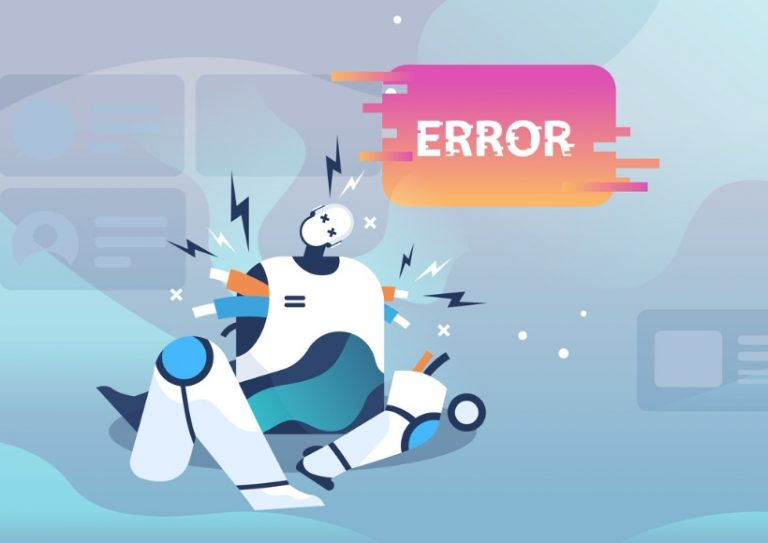In today’s hyper-competitive business environment, staying ahead means more than just streamlining operations—it requires innovation, adaptability, and strategic foresight. Artificial Intelligence (AI) has emerged as the game-changing technology that empowers businesses to go beyond automation and embrace innovation in management. From optimizing supply chains to enhancing customer experiences, AI is redefining how companies operate, make decisions, and deliver value.
This complete guide explores how AI is transforming business management, the benefits it brings, real-world applications, challenges, and the future of AI-driven enterprises.
The Evolution of AI in Business Management
Traditionally, businesses relied on manual processes and human judgment for most management functions. Over the years, automation tools helped reduce repetitive workloads, but they lacked adaptability and intelligence. AI has bridged that gap—bringing not just efficiency but also innovation.
- Early Stage (Automation): Simple rule-based systems automated repetitive tasks such as payroll processing or email responses.
- Next Stage (Intelligence): Machine learning and predictive analytics began helping managers forecast demand, assess risks, and personalize customer interactions.
- Current Stage (Innovation): AI is now enabling data-driven strategies, smart decision-making, and innovative business models that redefine industries.
Why AI is Crucial in Business Management
- Efficiency & Productivity
AI tools reduce time spent on repetitive tasks, allowing employees to focus on strategic initiatives. - Data-Driven Decisions
AI systems analyze massive datasets to generate actionable insights, leading to smarter business strategies. - Cost Reduction
Automation reduces operational costs, while predictive analytics minimizes risks and errors. - Enhanced Customer Experience
Personalized recommendations, AI-powered chatbots, and sentiment analysis help businesses build stronger customer relationships. - Scalability
AI systems adapt and scale with growing businesses, handling increasing workloads effortlessly.
Applications of AI in Business Management
1. Human Resource Management (HRM)
- Automated recruitment and resume screening.
- Predictive analytics for employee retention.
- AI-driven employee training platforms for personalized learning.
2. Financial Management
- Fraud detection using machine learning algorithms.
- AI-powered financial forecasting and budgeting.
- Intelligent expense management and auditing.
3. Supply Chain & Operations
- Demand forecasting with predictive analytics.
- Route optimization for logistics.
- Real-time tracking and automated inventory management.
4. Marketing & Sales
- AI-driven customer segmentation.
- Predictive lead scoring.
- Chatbots and virtual assistants for customer engagement.
5. Customer Relationship Management (CRM)
- Personalized recommendations (like Amazon & Netflix).
- Sentiment analysis to understand customer emotions.
- AI-enhanced helpdesks reducing response times.
6. Strategic Decision-Making
- AI-based scenario planning and simulations.
- Real-time business intelligence dashboards.
- Risk analysis and mitigation strategies.
Case Studies: AI in Action
- Coca-Cola: Uses AI for product development by analyzing consumer preferences from social media.
- Amazon: Implements predictive analytics to optimize inventory and recommend products to customers.
- Unilever: Uses AI-driven recruitment tools to screen candidates efficiently, saving time and resources.
Challenges of AI in Business Management
- Data Privacy & Security
Handling large amounts of customer data raises privacy concerns. - High Implementation Costs
Advanced AI solutions require investment in infrastructure and talent. - Workforce Resistance
Employees may fear job loss due to automation. - Bias in Algorithms
Poorly trained AI systems can lead to biased decisions. - Integration Complexity
Legacy systems may not easily integrate with modern AI solutions.
Best Practices for AI Adoption in Business Management
- Start Small, Scale Gradually
Begin with simple AI tools like chatbots or analytics before moving to complex systems. - Invest in Training & Upskilling
Train employees to collaborate with AI rather than fear it. - Ensure Data Quality
Reliable AI results depend on clean and structured data. - Prioritize Ethics & Compliance
Adopt responsible AI practices to maintain customer trust. - Collaborate with AI Experts
Partner with AI consultants and solution providers to implement best-fit strategies.
The Future of AI in Business Management
AI will continue to push boundaries, with innovations such as:
- Hyper-Personalization: Tailored customer experiences at scale.
- Autonomous Business Processes: AI-driven decision-making with minimal human intervention.
- Generative AI in Innovation: Creating business strategies, designs, and content.
- AI-Augmented Leaders: Managers using AI as co-pilots in decision-making.
- Integration with IoT & Blockchain: Smarter ecosystems for secure and automated operations.
Conclusion
AI in business management is no longer just about automation—it’s about innovation, intelligence, and impact. Organizations that embrace AI not only enhance their efficiency but also unlock new growth opportunities. From HR to finance, supply chains to customer experience, AI is redefining the future of management.
Businesses that act now will not just survive—they will lead the way in the AI-powered economy of tomorrow.




